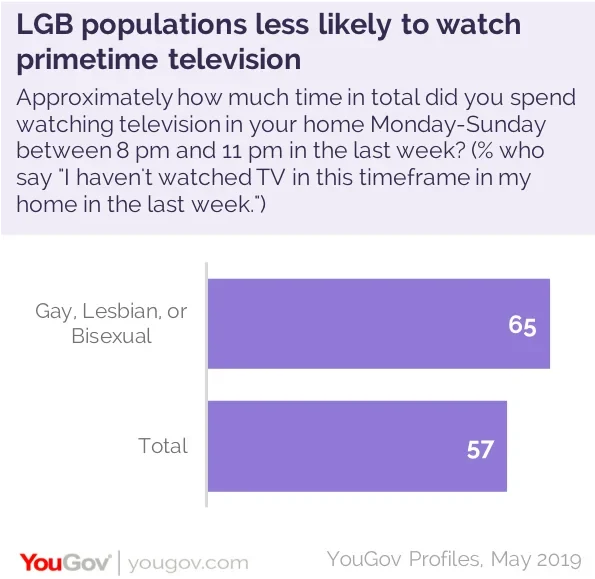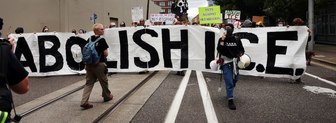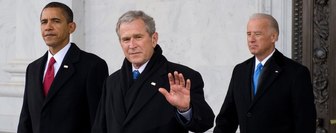June is Pride Month and it’s a good bet that a number of advertisers are looking to connect with individuals who identify as lesbian, gay or bisexual.
It’s a group that pays attention to advertising as long as the tone is right. The lesbian, gay or bisexual audience say they want their issues seen and heard by advertisers: according to YouGov Plan and Track data, 68% say they like when advertisers get involved in social issues (vs. 49% of average Americans).
Here’s a tip for the advertisers who’ve got their messaging set: target online magazines with some spend.
According to YouGov’s Plan and Track data on media consumption habits, individuals that identify as lesbian, gay or bisexual have tended over the last 30 days to read online magazines far more often than the average American (40% compared with 17% of average Americans).
Advertisers looking to maximize their return on investment might want to consider running display content in Rolling Stone, Out Magazine and The New Yorker. Self identified lesbian, gay or bisexual individuals say they like those three publications more than the average American.
Other opportunities exist for a boost with this group. YouGov’s Plan and Track data provides an interesting picture about how self identified lesbian, gay or bisexual individuals consume media in general.
One of the more interesting observations is about how this group compares with the average American in terms of broadcast television watching habits.
Most brands will run spots on broadcast television, but they might want to be selective about where and when they run these advertisements. The target audience is less likely than the average American to have watched prime time television (between 8 p.m. and 11 p.m.) in the last week. Nearly two-thirds (65%) of lesbian, gay or bisexual individuals have avoided prime-time over the previous week compared with 56% of Americans that say the same. Similar disparities exist for almost all TV viewing timeframes, such as early evening (from 4 p.m. to 7 p.m.) and mornings (7 a.m. to 9 p.m.)

That’s not to say this group doesn’t watch television -- which remains among the most powerful distribution outlets available -- but they don’t consume at the same level as average Americans.
This group does, however, watch streaming video. Self identified lesbian, gay or bisexual individuals were more likely to say that they had watched streaming video in their home over the last month than the average American (70% of lesbian, gay or bisexual individuals said they watched streaming video over the last 30 days compared with 59% of the nationally representative sample).
They’re watching on Hulu, Netflix, and YouTube.
This group was more likely than the average American to have a paid account on Hulu (18% vs 12%), to have a paid account on Netflix (37% vs. 31%), and slightly more likely to have a paid YouTube account (4% vs 2%).
They’re also far more likely to use Netflix (29% vs. 23%), YouTube (12% vs. 9%) and Hulu (7% vs 6%) as a way to catch up on missed shows. And they spend more time on Hulu and YouTube than the average American -- this group reports watching both platforms with more frequency than the nationally representative sample.
Advertisers looking for more return on their advertising investment may want to consider targeting more spend to Hulu and YouTube for their Pride Month campaigns.
But those advertisers shouldn’t pass up on an old-school out-of-home advertising product: bus and train ads.
Lesbian, gay or bisexual media consumers were more likely than the average American to have seen a digital advertisement on a train platform (8% vs 4%). They also report having seen an ad on the side of a bus more often than most Americans (33% vs. 28%) and ads on bus shelters (23% vs. 19%)
This attention metric makes sense because lesbian, gay or bisexual individuals say they ride the bus (26% vs. 17%) or the underground train or subway (16% vs. 9%) more often than the average American. That may be because more lesbian, gay or bisexual individuals say they live in big cities than do the average American (41% of lesbian, gay or bisexuall individuals said they lived in a city compared with 34% of the nationally representative sample.)
Taken together, the media consumption habits of many lesbian, gay or bisexual individuals provides a roadmap for advertisers that are looking to for an extra boost in terms of connecting with this audience during Pride Month.
Marketers and advertisers should pay close attention to their broadcast TV spends and work to allocate some of their budget to online magazines, streaming services, and train and bus ads.
Methodology: YouGov compared a sample of 10,201 US adults ages 18 and overindividuals who have self-identifyied as lesbian, gay or bisexual against data from its nationally representative panel. Results were omitted for other sexuality choices either because of a lack of statistical relevance for the sample or overly broad categorizations, such as “prefer not to say.” All interviews were conducted online.








